Introduction
In modern chip manufacturing, machine vision technology plays a crucial role. It not only improves production efficiency but also ensures high product quality and consistency. For beginners in machine vision, understanding its real-world applications in chip manufacturing is a vital step in grasping this technology. This article will detail several key applications of machine vision in chip manufacturing to help you better understand its immense potential.
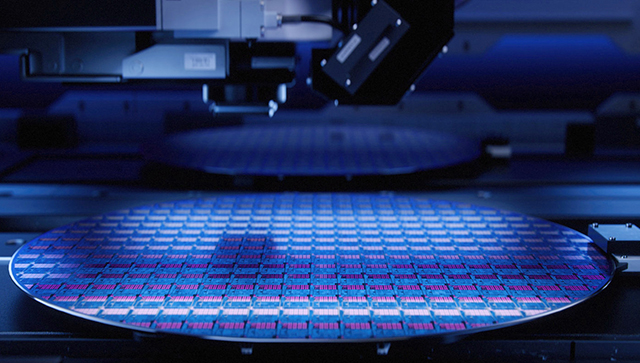
Wafer Inspection
Wafer inspection is one of the most critical stages in chip manufacturing. In this process, machine vision systems are used to detect tiny defects and contaminants on the wafer. Traditional human eye inspection is time-consuming and prone to errors, whereas machine vision systems can perform large-scale, high-precision inspections in a short time, significantly improving production efficiency.
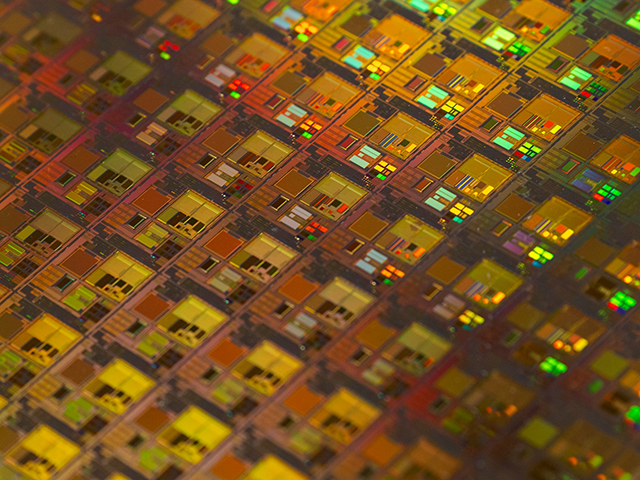
Photolithography Alignment
Photolithography is a core process in chip manufacturing, and the precision of photolithography alignment directly affects the performance and yield of the chip. Machine vision systems capture and analyze photolithographic images in real-time, ensuring precise alignment of each layer of the photolithographic pattern. This not only enhances chip performance but also reduces waste and production costs.
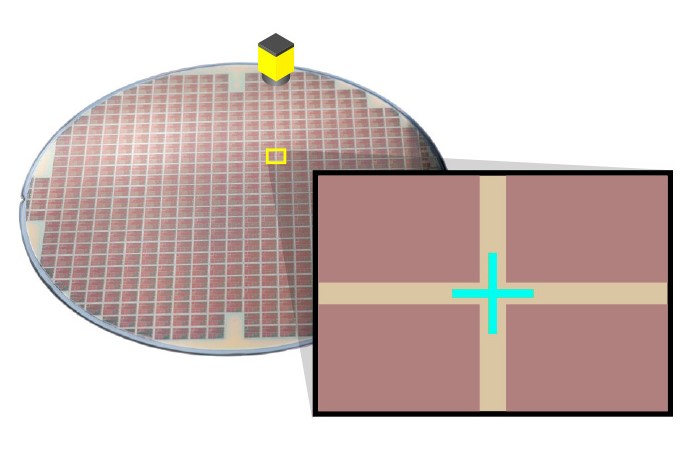
Packaging Inspection
Chip packaging involves protecting the finished chip for easy transport and use. In this stage, machine vision systems are primarily used to inspect the integrity of the package, including whether it is damaged and if the solder joints are secure. Through high-precision image processing and analysis, machine vision systems quickly identify packaging defects, ensuring every chip leaving the factory meets quality standards.
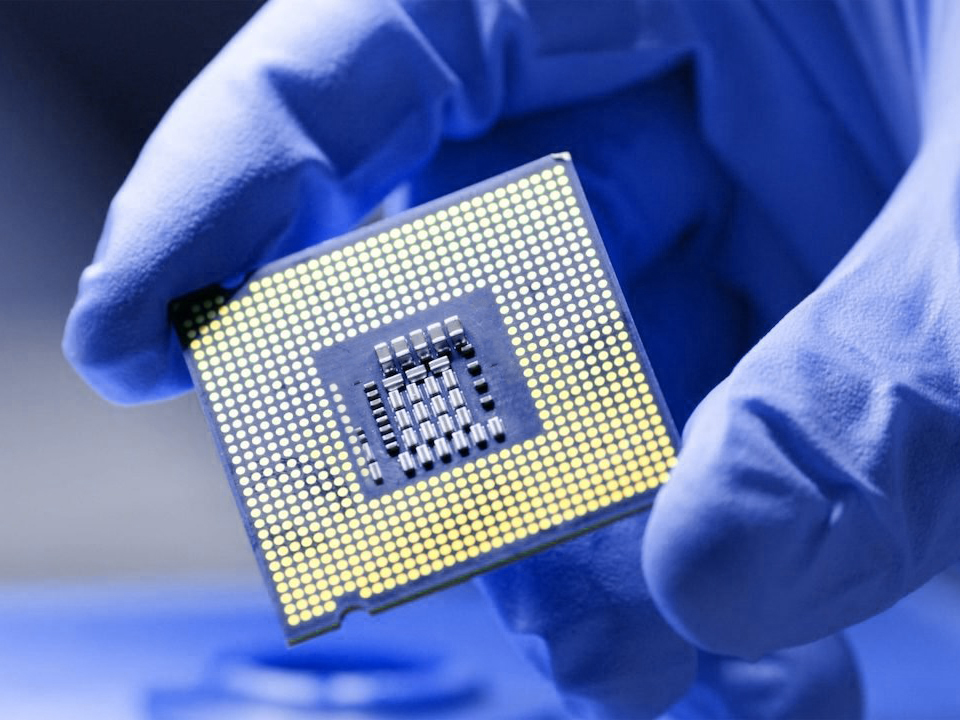
Printed Circuit Board (PCB) Inspection
During the process of assembling chips onto printed circuit boards, machine vision systems are used to check the integrity of PCB lines, the firmness of solder joints, and the correct installation of components. This process is crucial for ensuring the reliability of the final product. Machine vision systems quickly and accurately detect and eliminate potential issues, improving the pass rate of products.
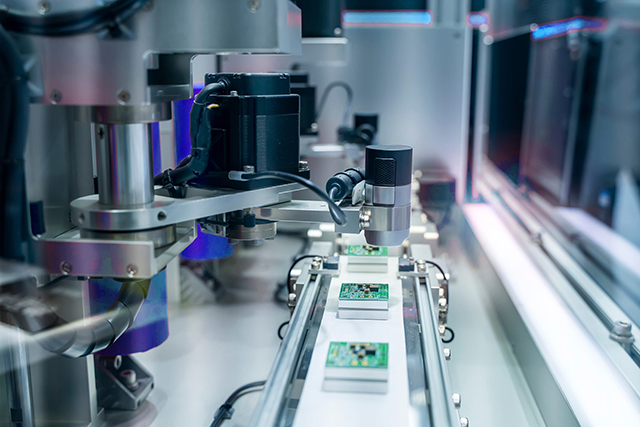
Final Testing
In the final stage of chip manufacturing, machine vision systems are used for the final testing of finished chips. This includes functional testing and appearance inspection to ensure the chips have undergone comprehensive quality verification before hitting the market. The efficiency and accuracy of machine vision systems make the final testing process more reliable, providing high-quality product assurance for users.
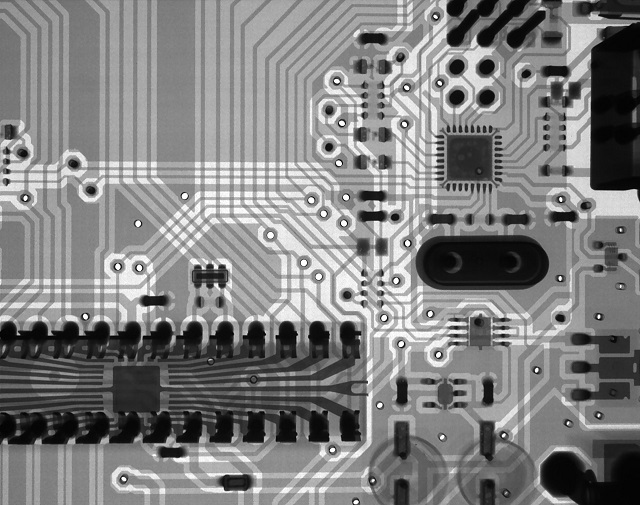
Conclusion
In summary, machine vision technology has extensive and vital applications in every stage of chip manufacturing. It not only improves production efficiency but also significantly enhances product quality and consistency. For beginners in machine vision, understanding its specific applications in chip manufacturing can help you better grasp the basic principles and future prospects of this technology. As technology continues to evolve, machine vision will play an even greater role in chip manufacturing and beyond. I hope this article provides valuable insights and assistance.
Please select your service type and leave your information so that we can provide the appropriate service. Xincode looks forward to working with you.


